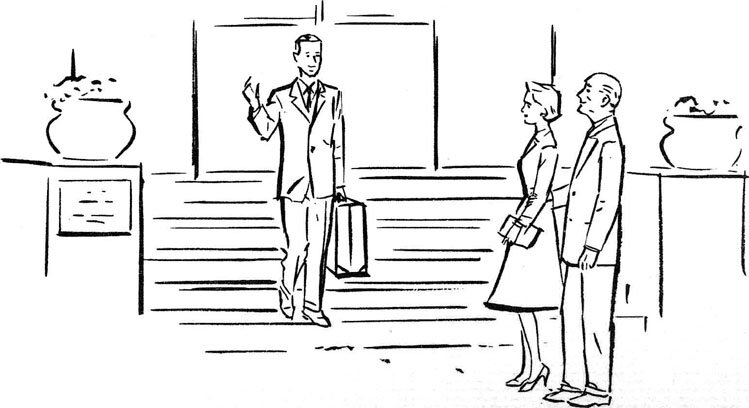
|
PRESUMED IMPOSSIBILITIES, continued1, 2 PHOTOGRAPHY, continued1, 2, 3, 4 PORTRAITURE, continued1, 2, 3 COMMERCIAL ART, continued1, 2, 3, 4, 5, 6, 7, 8, 9, 10, 11, 12, 13, 14, 15, 16, 17, 18, 19, 20, 21, 22, 23, 24, 25 AUTOBIOGRAPHY, continued1, 2, 3, 4 |
 |
|
Below are illustrations for a booklet I designed for another community service organization, which seemed to include all such organizations in Greater New York (the five boroughs of the city). It was the time of mayor Robert Wagner. 14 April 2006 |
|
||
|
Next are added three subway cards I did that should complete here the work for community services. Such cards, these 21 inches long, are known to be placed in subway cars above the doors and windows. The first one so impressed the woman representing the organization in the last card, that she looked up my company that had printed it, calling it stunning (the photo in this first card is printed in "duotone", using both colors, black and blue). Notwithstanding her enthusiasm, this customer for the third card turned out an insufferable dictator, trying to tell me how many lines I should use for the drawing, which I signed despite the problem.. 11 May 2006 |
| To the top and choices | ||